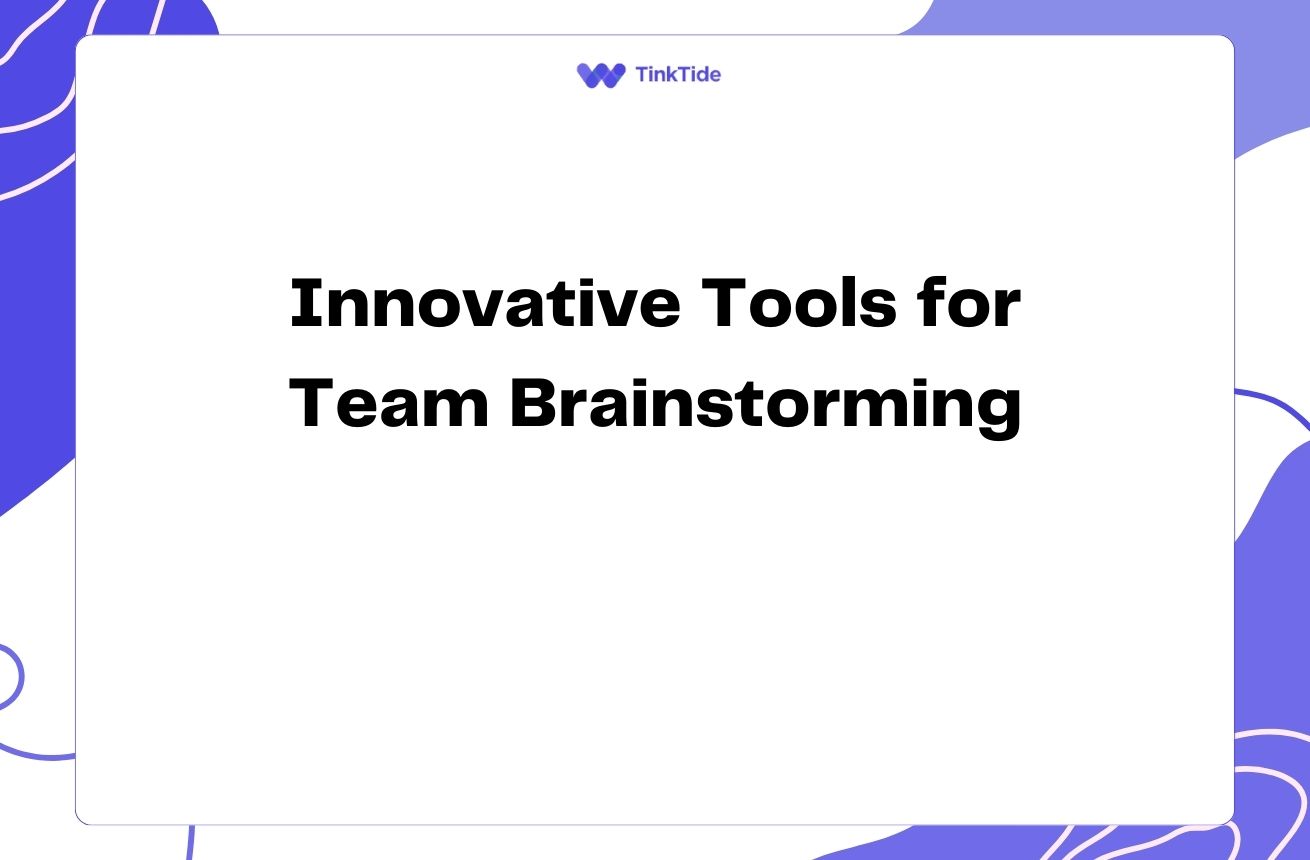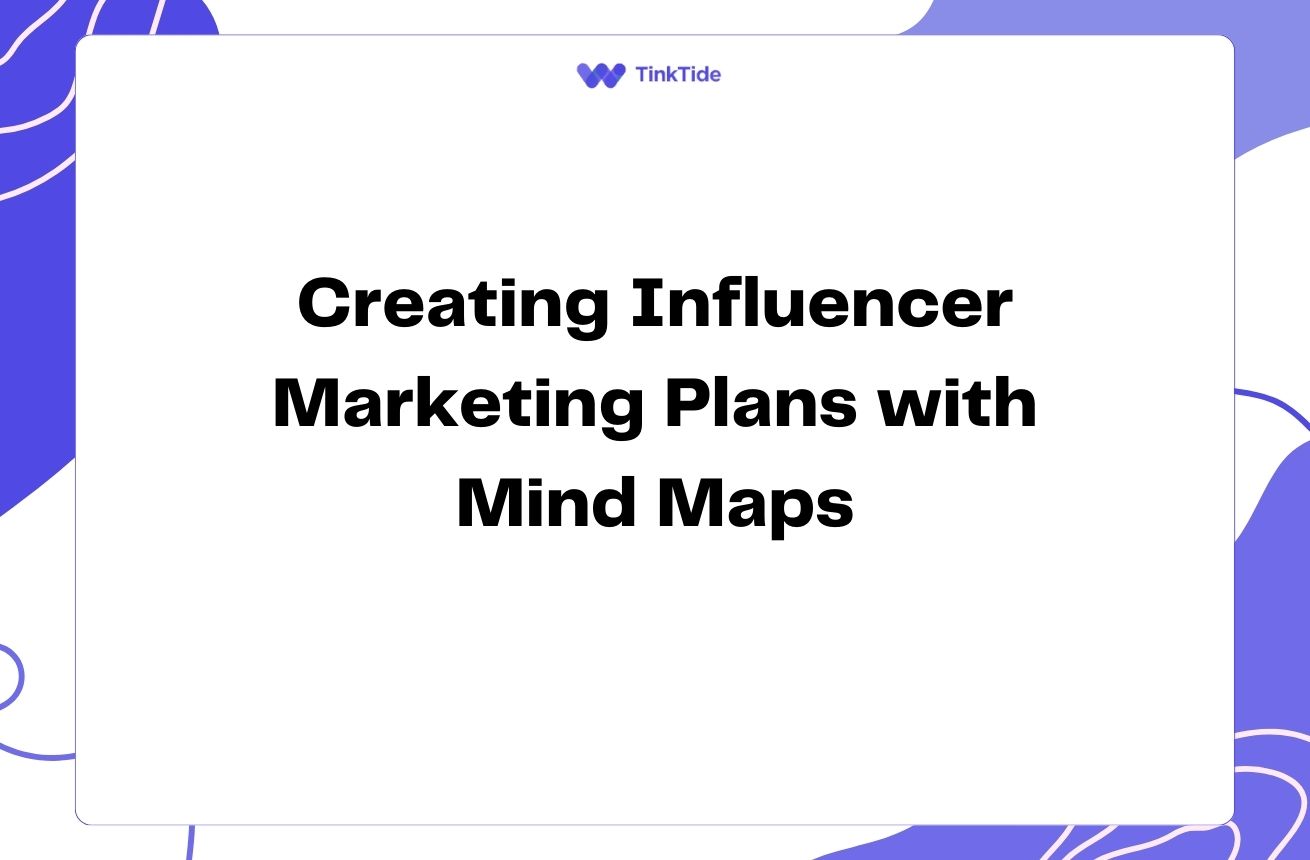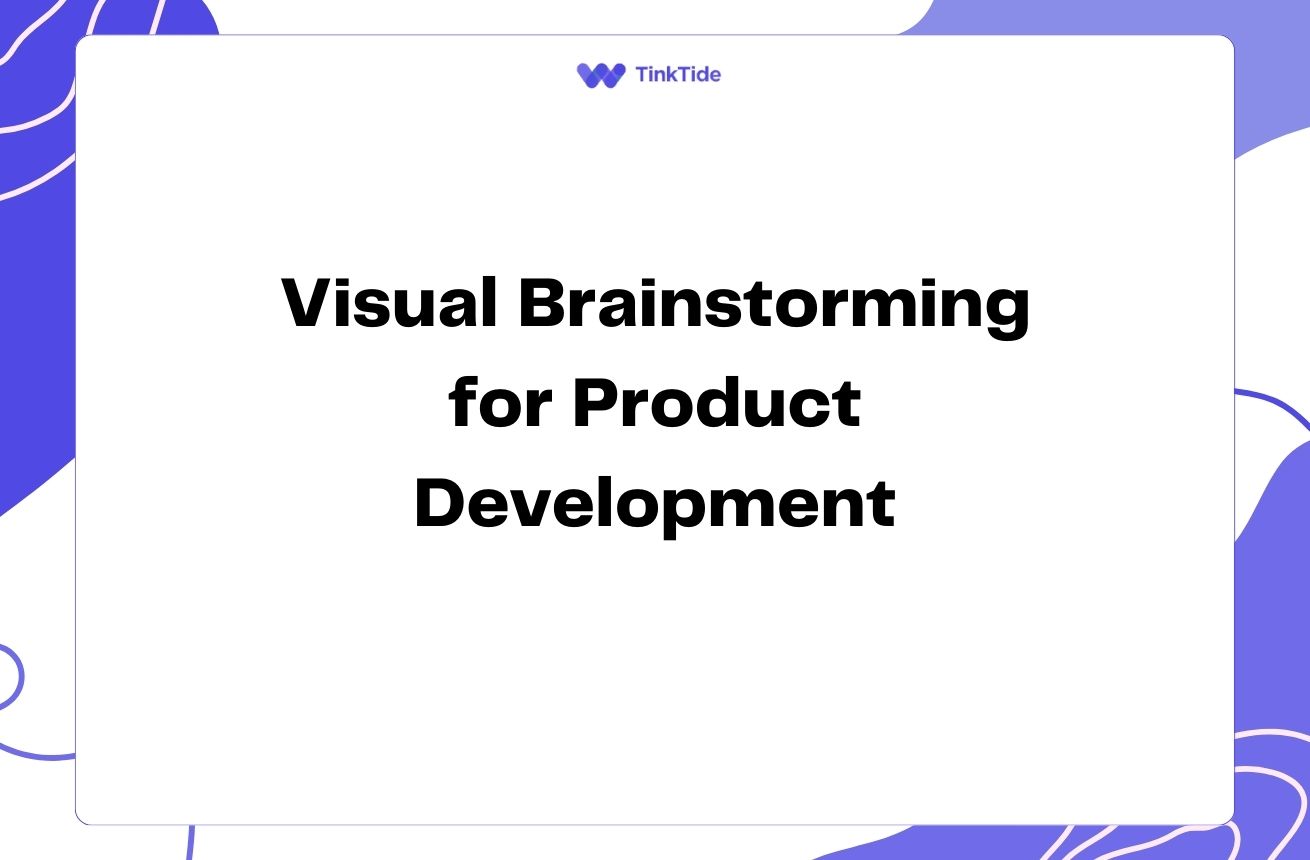Harness User Personas for Impactful Marketing Campaigns
Understanding User Personas
User personas are fictional representations of your ideal customers, based on real data and market research. They help you understand your target audience's needs, behaviors, and motivations, allowing you to create more targeted and effective marketing campaigns.
By developing detailed user personas, you can gain valuable insights into your customers' pain points, preferences, and decision-making processes. This information is crucial for crafting marketing messages that resonate with your audience and drive engagement.
User personas typically include demographic information, behavioral traits, goals, and challenges. For example, a user persona for a fitness app might include details like age, occupation, fitness goals, preferred workout types, and obstacles to maintaining a consistent exercise routine.
Creating user personas requires a combination of quantitative data (such as website analytics and customer surveys) and qualitative research (like interviews and focus groups). This comprehensive approach ensures that your personas are grounded in reality and truly representative of your target audience.
Benefits of Using User Personas in Marketing
Incorporating user personas into your marketing strategy offers numerous advantages:
- Improved targeting: Tailor your messaging to specific audience segments
- Increased relevance: Create content that addresses your customers' actual needs and interests
- Enhanced personalization: Deliver customized experiences across various touchpoints
- Better resource allocation: Focus your marketing efforts on the most promising audience segments
- Improved product development: Align your offerings with customer needs and preferences
Creating Effective User Personas
To create impactful user personas, follow these key steps:
1. Gather data: Collect information from various sources, including Google Analytics, customer surveys, social media insights, and sales data. This quantitative data will form the foundation of your personas.
2. Conduct interviews: Speak directly with customers or potential customers to gain qualitative insights into their motivations, challenges, and decision-making processes. These conversations can reveal valuable information that may not be apparent from data alone.
3. Identify patterns: Look for common characteristics, behaviors, and needs among your audience segments. These patterns will help you define distinct persona types.
4. Create persona profiles: Develop detailed profiles for each persona, including demographics, goals, challenges, preferences, and behaviors. Give each persona a name and even a photo to make them feel more real to your team.
Applying User Personas to Marketing Campaigns
Once you've created your user personas, it's time to put them to work in your marketing campaigns. Here's how:
1. Segment your audience: Use your personas to divide your customer base into distinct groups. This segmentation allows for more targeted and personalized marketing efforts.
2. Tailor your messaging: Craft marketing messages that speak directly to each persona's needs, goals, and pain points. This targeted approach increases the relevance and effectiveness of your communications.
3. Choose appropriate channels: Identify the marketing channels and platforms that each persona prefers. For example, a younger persona might be more active on Instagram, while an older, professional persona might engage more on LinkedIn.
4. Personalize content: Create content that addresses the specific interests and challenges of each persona. This could include blog posts, videos, infographics, or other formats that resonate with your target audience.
Measuring the Impact of Persona-Based Marketing
To ensure your persona-based marketing efforts are effective, it's crucial to track and measure their impact. Consider the following metrics:
1. Engagement rates: Monitor how different personas interact with your content across various channels. Look for increases in likes, shares, comments, and click-through rates.
2. Conversion rates: Track how well your persona-targeted campaigns are driving desired actions, such as sign-ups, purchases, or downloads.
3. Customer lifetime value: Assess whether your persona-based approach is leading to increased customer loyalty and higher lifetime value.
4. Return on investment (ROI): Calculate the ROI of your persona-targeted campaigns compared to more general marketing efforts. This will help you justify the resources invested in creating and maintaining user personas.
Updating and Refining User Personas
User personas are not static; they should evolve as your business and customer base grow. To keep your personas relevant and effective:
- Regularly review and update your personas based on new data and insights
- Conduct periodic customer interviews to validate and refine your personas
- Monitor industry trends and changes that may affect your target audience
- Solicit feedback from your sales and customer service teams to incorporate front-line insights
- Use A/B testing to continually optimize your persona-based marketing efforts
Common Challenges in Using User Personas
While user personas are powerful tools, marketers may face some challenges when implementing them:
1. Over-generalization: Avoid creating personas that are too broad or stereotypical. Ensure your personas are based on real data and insights rather than assumptions.
2. Lack of buy-in: Some team members may be skeptical about the value of personas. Address this by sharing success stories and demonstrating the tangible benefits of persona-based marketing.
3. Inconsistent use: Encourage consistent use of personas across all marketing efforts to maximize their impact. Integrate personas into your marketing workflows and decision-making processes.
4. Neglecting updates: As mentioned earlier, personas need regular updates. Set a schedule for reviewing and refining your personas to ensure they remain relevant and accurate.
Address common questions
Here are some frequently asked questions about using user personas in marketing campaigns:
How many user personas should I create?
The number of personas depends on your business and target audience. Most companies benefit from 3-5 distinct personas. Creating too many can lead to confusion and diluted efforts, while too few may not adequately represent your diverse customer base.
How often should I update my user personas?
Review your personas at least annually, but be prepared to make updates more frequently if you notice significant changes in your audience or market. Major events, like product launches or market shifts, may also necessitate persona updates.
Can user personas be used for B2B marketing?
Absolutely! B2B personas may focus more on job roles, company size, and industry-specific challenges, but they're just as valuable for targeting and personalizing marketing efforts in the B2B space.
How do I validate my user personas?
Validate your personas through ongoing customer research, A/B testing of marketing campaigns, and feedback from sales and customer service teams. Compare the performance of persona-based campaigns against more general efforts to gauge their accuracy and effectiveness.
What tools can I use to create user personas?
There are several tools available for creating and managing user personas, such as Xtensio, HubSpot's Make My Persona, and UXPressia. These tools offer templates and collaborative features to streamline the persona creation process.
How do user personas differ from market segments?
While market segments group customers based on shared characteristics, user personas are more detailed, fictional representations of ideal customers. Personas include motivations, behaviors, and personal details that help marketers create more empathetic and targeted campaigns.
Provide additional resources
The Definitive Guide to User Personas
A comprehensive guide to creating and using user personas from Hotjar
User Persona Template
HubSpot's free tool for creating user personas
The ROI of User Personas
Nielsen Norman Group's analysis of the business value of user personas
User Personas for Mobile Design
Smashing Magazine's guide to using personas in mobile app design
B2B Buyer Personas
HubSpot's guide to creating B2B buyer personas
Summarize key takeaways
User personas are invaluable tools for creating targeted and impactful marketing campaigns. By developing detailed representations of your ideal customers, you can tailor your messaging, choose appropriate channels, and create personalized content that resonates with your audience.
Remember to base your personas on real data, regularly update them, and measure their impact on your marketing efforts. Overcoming common challenges like over-generalization and inconsistent use will help you maximize the benefits of persona-based marketing.
Start incorporating user personas into your marketing strategy today to improve targeting, increase relevance, and drive better results for your campaigns. With a deep understanding of your audience, you'll be well-equipped to create marketing messages that truly connect and convert.
Elevate Your Marketing with User Personas
Ready to create targeted campaigns that resonate with your audience? Start using user personas today.
Start Your Free Trial

